
Credit: Alan Belton / WTML
Overall appearance
A short-lived, sometimes scruffy-looking shrub or tree that grows in woodlands, hedgerows and scrub, on waste ground and railway embankments and in graveyards.

Content manager, botanist and tree lover
Once regarded as one of the most magically powerful of trees, elder is a forager's favourite and its flowers are the scent of summer.
With so many simple and delicious ways of using elderflowers, it's easy to see why. Here are some easy identification tips and ideas on what to do with them. Please follow our foraging guidelines.
Common names(s): elder, boortree, boontree, borewood, dog tree
Scientific name: Sambucus nigra
Height: up to 10m
Distribution: abundant throughout the UK, in woods and along roadsides and hedgerows
Flowering period: late May and June
Elderflowers come from the elder tree (Sambucus nigra) that generally grows as a shrub or small tree.
It’s abundant throughout the UK, in woods and along roadside hedgerows. From late May you’ll see masses of tiny white flowers hanging in sprays which develop into purple elderberries later in the summer.

Credit: Alan Belton / WTML
A short-lived, sometimes scruffy-looking shrub or tree that grows in woodlands, hedgerows and scrub, on waste ground and railway embankments and in graveyards.

Credit: Alan Belton/ WTML
Compound and pinnate (feather-shaped) with five or seven leaflets. Leaflets are arranged opposite to each other with one single leaflet at the tip. The edge of each leaflet is toothed and there may be small hairs on the underside. In winter, leaf buds are purplish and spiky-scaled.

Credit: Carole Sutton / WTML
Young twigs are green, light and brittle and have a creamy-white pithy tissue inside. As as they mature they turn light grey-brown. Stems are often dotted with light brown bumps or warts. As bark matures it becomes furrowed and corky.

Credit: Pete Holmes / WTML
Flat-topped clusters of tiny, creamy-white flowers appear in June. To many people the fragrance is sweet and summery and it attracts masses of insects.
The flowers and berries are the only edible part of the plant. They are mildly toxic and have an unpleasant taste when raw. Cooking destroys the toxic chemicals.
Elderflowers are ready around late May to mid-June. They’re best picked when the buds are freshly open on a warm, dry, sunny day, well away from traffic fumes. Give them a shake to remove any insects and rinse briefly in cold water before using.
The fragrant flowers are most famous for making elderflower champagne and cordial – perfect summer drinks.
Try our elderflower cordial without citric acid. You can drink it chilled, diluted with water or add a drop to dry white wine. Add to fruity, creamy desserts with gooseberries, raspberries, rhubarb or peaches.
There are recipes out there for elderflower wine and elderflower liqueur (drizzle over fruit salads). You can also make elderflower tea from an infusion of the fresh flowers.
Add a couple of sprigs of elderflower when cooking fruit for tarts and crumbles (removing them at the end) for a delicate summery flavour. Or, stir a few flowers into cake and muffin mixtures to give them a light, sweet scent. Elderflowers can even be fried in a light batter until crisp (try our elderflower fritters recipes below).
The green, unopened flower buds can be pickled and used in a similar way to capers.
Ingredients
To make the batter:
Method
We have single trees and tree packs to meet your needs, from wildlife to woodfuel. Delivery is free.
Shop now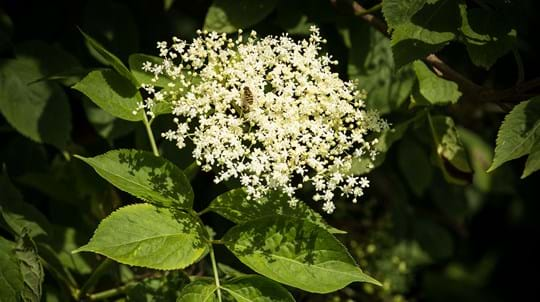
Trees woods and wildlife
Feared by the devil. Favoured by foragers. It was said that an elder planted by your house would keep the devil away.
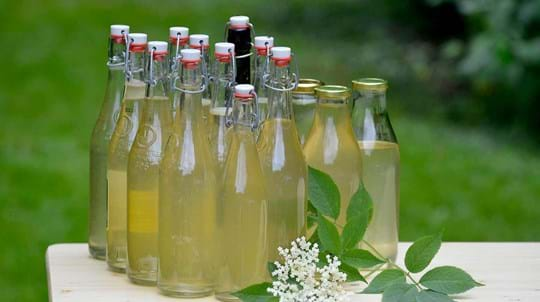
Blog
Helen Keating • 07 Jun 2021
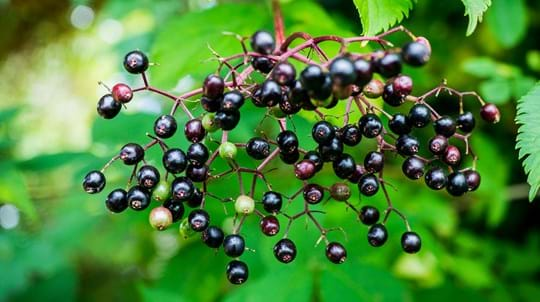
Blog
Helen Keating • 28 Sep 2022
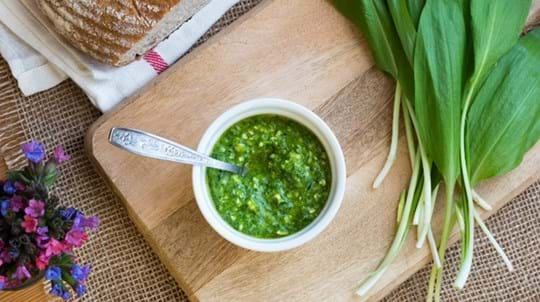
Visiting woods
See what's in season with our guide to sustainable foraging with top tips on how to pick, cook and eat wild plants.
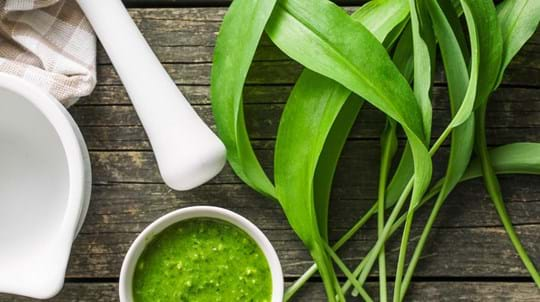
Visiting woods
Our favourite foraging recipes using wild harvested plants from the British countryside.
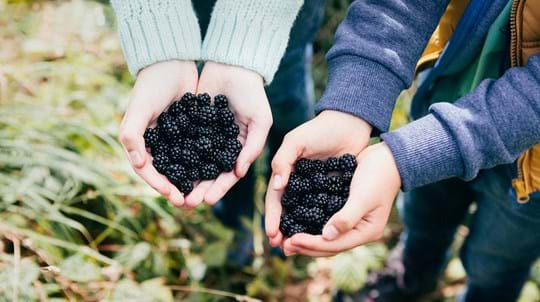
Visiting woods
Gather wild food without harming woods or wildlife. Follow our guidelines.